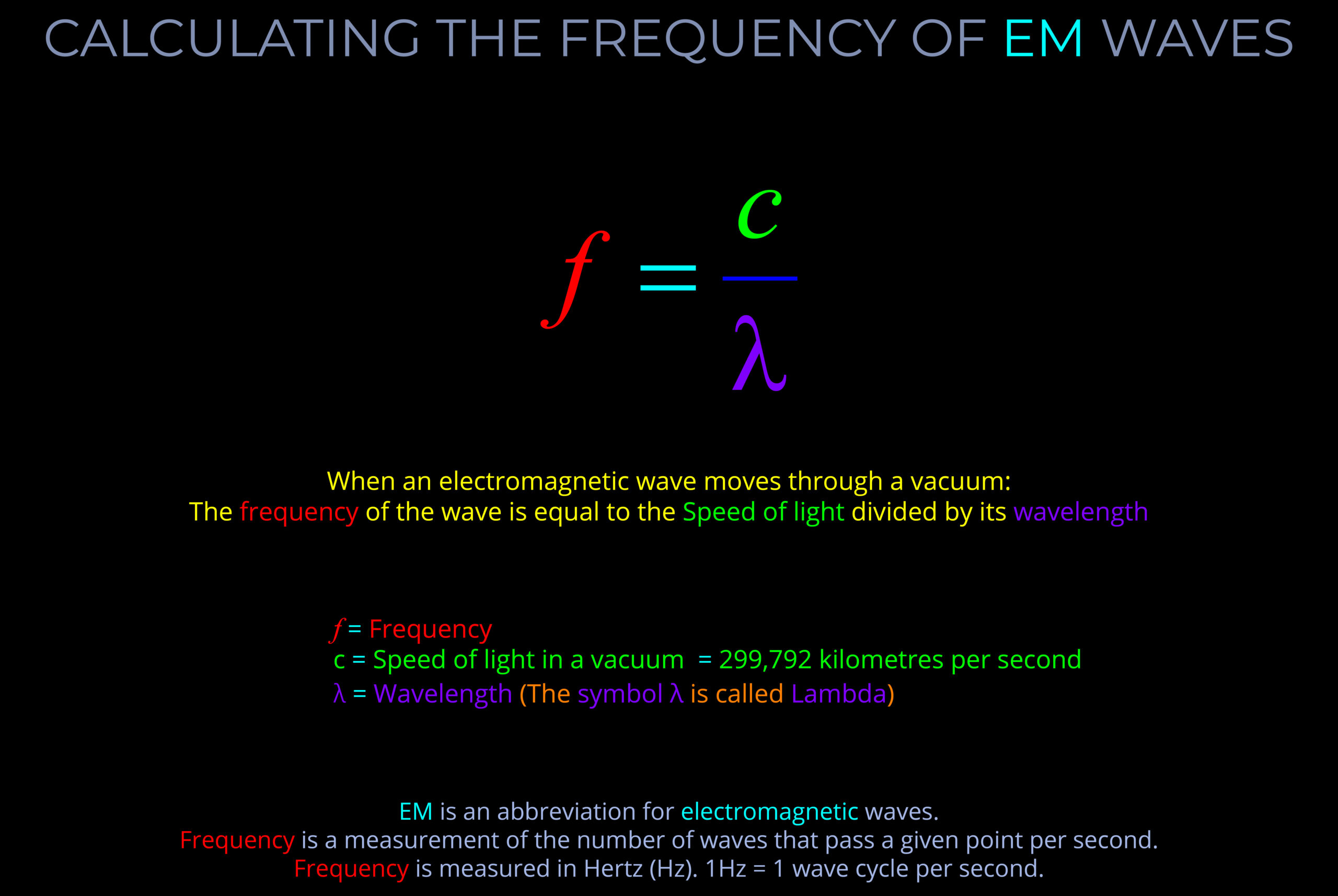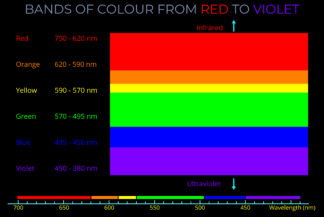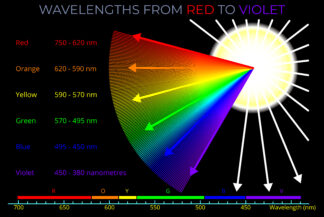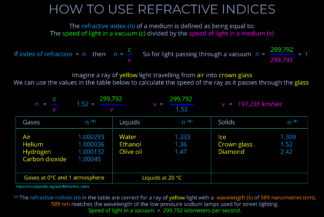Calculating the Frequency of EM Waves
£0.00
This diagram is a new addition to the site! More information will be added ASAP 🙂
Description
Calculating the Frequency of EM Waves
TRY SOME QUICK QUESTIONS AND ANSWERS TO GET STARTED
About the diagram
Some key terms
An electromagnetic wave carries electromagnetic radiation.
- An electromagnetic wave describes electromagnetic radiation as it propagates from a light source, travels through space and encounters different materials.
- Electromagnetic waves can be imagined as synchronised oscillations of electric and magnetic fields that propagate at the speed of light in a vacuum.
- Electromagnetic waves are similar to other types of waves in so far as they can be measured in terms of wavelength, frequency and amplitude.
- We can feel electromagnetic waves release their energy when sunlight warms our skin.
- Remember that electromagnetic radiation can be described either as an oscillating wave or as a stream of particles, called photons, which also travel in a wave-like pattern.
- The notion of waves is often used to describe phenomena such as refraction or reflection whilst the particle analogy is used when dealing with phenomena such as diffraction and interference.
The speed (or velocity) of a light wave is a measurement of how far it travels in a certain time.
- The speed of light is measured in metres per second (m/s).
- Light travels through a vacuum at 300,000 kilometres per second.
- The exact speed at which light travels through a vacuum is 299,792,458 metres per second.
- Light travels through other media at lower speeds.
- A vacuum is a region of space that contains no matter.
- Matter is anything that has mass and occupies space by having volume.
- When discussing electromagnetic radiation the term medium (plural media) is used to refer to anything through which light propagates including empty space and any material that occupies space such as a solid, liquid or gas.
- In other contexts empty space is not considered to be a medium because it does not contain matter.
A wave-cycle is the complete up-and-down motion of a wave, from one crest (peak) to the next crest, or from one trough (dip) to the next trough. Visualize a wave cycle as a series of points plotted along the path of a wave from one crest to the subsequent crest.
- All electromagnetic waves have common characteristics like crests, troughs,, wavelength, frequency, amplitude, and propagation direction.
- As a wave vibrates, a wave-cycle can be seen as a sequence of individual vibrations, measured from one peak to the next, one trough to the next, or from the start of one wave cycle to the start of the next.
- A wave-cycle refers to the path from one point on a wave during a single oscillation to the same point on completion of that oscillation.
- Wavelength meanwhile, is a measurement of the same phenomenon but in a straight line along the axis of the wave.
The frequency of electromagnetic radiation (light) refers to the number of wave-cycles of an electromagnetic wave that pass a given point in a given amount of time.
- Frequency is measured in Hertz (Hz) and signifies the number of wave-cycles per second. Sub-units of Hertz enable measurements involving a higher count of wave-cycles within a single second.
- The frequency of electromagnetic radiation spans a broad range, from radio waves with low frequencies to gamma rays with high frequencies.
- The wavelength and frequency of light are closely linked. Specifically, as the wavelength becomes shorter, the frequency increases correspondingly.
- It is important not to confuse the frequency of a wave with the speed at which the wave travels or the distance it covers.
- The energy carried by a light wave intensifies as its oscillations increase in number and its wavelength shortens.
Wavelength measures a complete wave cycle, which is the distance from any point on a wave to the corresponding point on the next wave.
- While wavelength can be measured from any point on a wave, it is often simplest to measure from the peak of one wave to the peak of the next or from the bottom of one trough to the bottom of the next, ensuring the measurement covers the whole of the cycle.
- The wavelength of an electromagnetic wave is usually given in metres.
- The wavelength of visible light is typically measured in nanometres, with 1,000,000,000 nanometres making up a metre.
- Radio waves, visible light, and gamma waves for example, each have different ranges of wavelengths within the electromagnetic spectrum.
A wave is a disturbance that travels through a medium or space, transporting energy from one point to another. Waves can travel through a medium, like waves rippling across a lake, or through space, like the electromagnetic waves that carry sunlight to Earth.
- Electromagnetic waves are generally invisible to the human eye, the exception is the visible spectrum, with wavelengths between approximately 400 and 700 nanometres.
- Beyond this range, whether the wavelengths are longer (as in radio and microwaves) or shorter (as in ultraviolet, X-rays, and gamma rays), our eyes cannot detect them.
- Although we cannot see most electromagnetic waves, we can perceive some in other ways. For instance, infrared waves are felt as heat, and electric current (which produces electromagnetic waves) can cause a buzzing sensation in a wire or cause electrocution.
The hertz (symbol: Hz) is a unit used to measure the frequency of electromagnetic waves. It represents the number of wave-cycles per second.
- One hertz is defined as one cycle per second.
- Hertz measure the number of oscillations of the perpendicular electric and magnetic fields in electromagnetic radiation per second.
- Frequency conversions:
- 1 Hertz (Hz) = 1 cycle per second
- 1 Kilohertz (kHz) = 1,000 (thousand) cycles per second
- 1 Megahertz (MHz) = 1,000,000 (million) cycles per second
- 1 Gigahertz (GHz) = 1,000,000,000 (billion) cycles per second
- 1 Terahertz (THz) = 1,000,000,000,000 (trillion )cycles per second



